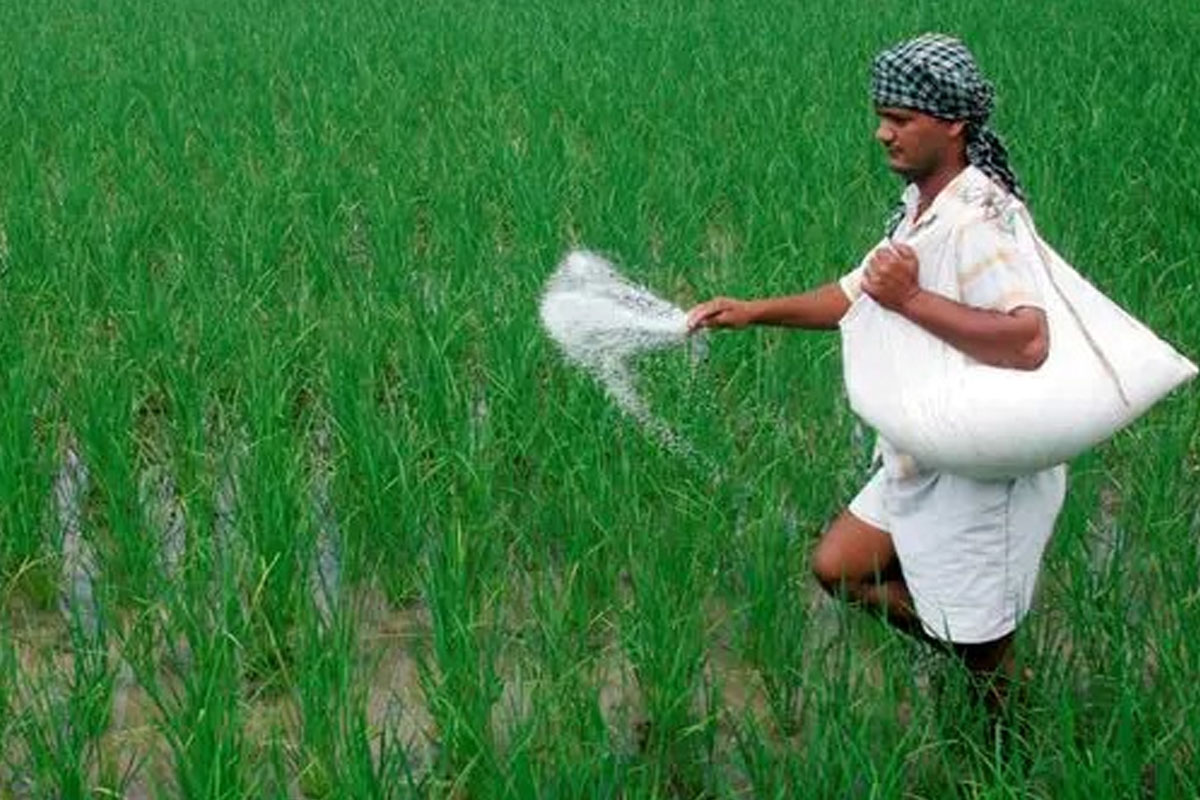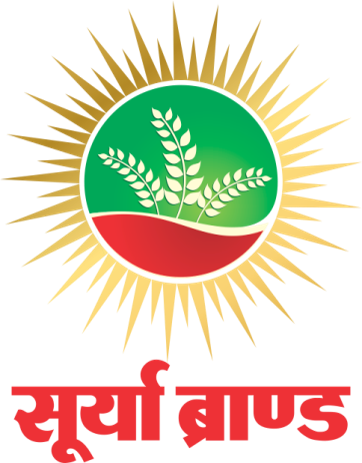
How Fertilizer Good For Farming
Are you interested in improving your farming practices and maximizing your crop yield? One key element that can greatly benefit your farming efforts is the use of fertilizer. Fertilizer provides essential nutrients to plants, promoting healthy growth and increasing productivity. In this blog post, we will discuss the benefits of using fertilizer in farming and provide a step-by-step guide on how to effectively use it. Let’s dive in!
1. Understand the Different Types of Fertilizers
Before you start using fertilizer, it’s important to understand the different types available. There are three main types: organic fertilizers, synthetic fertilizers, and liquid fertilizers. Each type has its own advantages and disadvantages, so it’s crucial to choose the one that suits your specific farming needs.
2. Test Your Soil
Before applying fertilizer, it’s essential to test your soil to determine its nutrient levels. You can do this by sending a soil sample to a laboratory or by using a home soil testing kit. This will help you identify any nutrient deficiencies and allow you to select the appropriate fertilizer formulation.
3. Calculate the Correct Fertilizer Application Rate
Once you know the nutrient requirements of your crops and the nutrient content of the fertilizer, you need to calculate the correct application rate. This will ensure that you provide your plants with the right amount of nutrients without over-fertilizing, which can lead to environmental pollution and crop damage.
4. Apply Fertilizer at the Right Time
Timing is crucial when it comes to applying fertilizer. Different crops have different nutrient requirements at various growth stages. It’s important to understand the specific nutrient needs of your crops and apply fertilizer accordingly. Generally, it’s best to apply fertilizer before planting, during planting, or as a top dressing during the growing season.
5. Use Proper Application Techniques
To ensure effective fertilizer application, it’s important to use the right techniques. This may include broadcasting the fertilizer evenly over the field, side-dressing along the plant rows, or injecting the fertilizer into the soil. The method you choose will depend on the type of fertilizer and the specific requirements of your crops.
6. Monitor and Adjust as Needed
After applying fertilizer, it’s crucial to monitor your crops and assess their nutrient uptake. Regularly check for any signs of nutrient deficiencies or excesses, such as yellowing leaves or stunted growth. If necessary, adjust your fertilizer application to meet the changing needs of your plants.
7. Store and Handle Fertilizer Properly
Lastly, it’s important to store and handle fertilizer safely to prevent accidents and maintain its effectiveness. Follow the manufacturer’s instructions for storage and handling, and keep fertilizers away from children, animals, and water sources.
By following these steps, you can effectively use fertilizer to improve your farming practices and achieve higher crop yields. Remember, proper application and monitoring are key to maximizing the benefits of fertilizer.
Happy farming!
